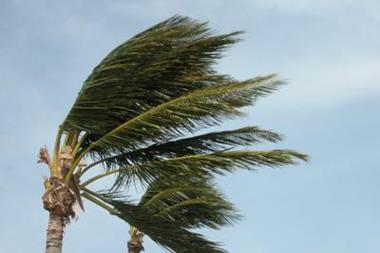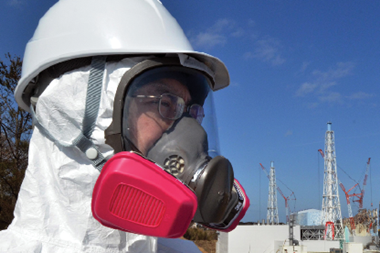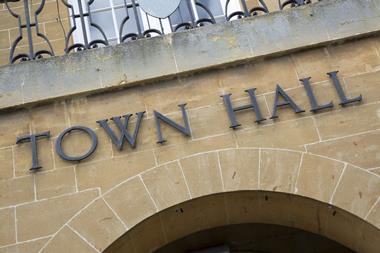Hurricane forecasters predict Atlantic basin and US landfalling hurricane activity of 75% above the 1950-2006 norm
Although their predictions were overly pessimistic in 2006, hurricane forecasters say they expect an active hurricane season in 2007. Tropical Storm Risk (TSR), a consortium of experts on insurance, risk management and seasonal climate forecasting led by the Benfield UCL Hazard Research Centre at University College London, has even increased its forecast for Atlantic hurricane activity in 2007 since December.
TSR's March forecast predicted that in 2007, Atlantic basin and US landfalling hurricane activity would be about 75% above the 1950-2006 norm. This is the highest March forecast for activity in any year since TSR began replicating real-time forecasts in 1984.
Although TSR was the first to update its seasonal forecasts, there is no difference in its conclusion from earlier ones from other sources. For example, the forecast issued in December by Philip Klotzbach and Bill Gray at Colorado State University expects an above-average Atlantic basin tropical cyclone season in 2007 and an above average probability of United States major hurricane landfall.
Two factors are generally thought to have damped hurricane formation during 2006: a growing Pacific El Niño and a vigorous Saharan air layer (SAL) that that pushed westwards from the Sahara across the eastern tropical Atlantic. The SAL's very dry air, temperature inversion and strong wind shear acted to break up tropical disturbances and hinder hurricane intensification.
Based on its analysis of internal data and external scientific research, catastrophe modeller EQECAT has reiterated that the risk for insured losses from hurricanes in the United States during the next decade will be higher than the long term average derived from more than 100 years of data.



















